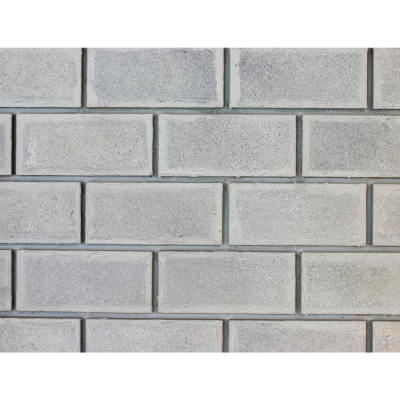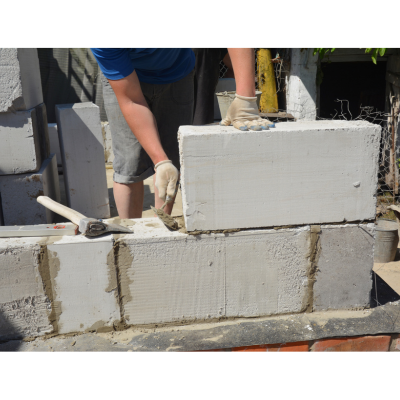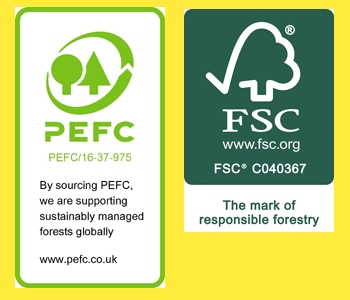Bricks
Building bricks are rectangular-shaped construction materials typically made from clay, concrete, or other similar materials. They are commonly used in the construction industry to build walls, partitions, and various structures. Building bricks come in different sizes, colours, and compositions to suit specific construction needs.
They can be crafted from various materials, including clay, concrete, sand-lime, or compressed earth. The choice of material depends on factors such as local availability, cost, strength requirements, and desired aesthetic appearance.
Typically, they come in standard dimensions of around 215 mm x 102.5 mm x 65 mm (8.5 in x 4 in x 2.5 in). However, larger or custom-sized bricks are also available for specific construction purposes. The shape and size of bricks allow for easy stacking and mortar joint application during construction.
Rule of thumb = Brick Wall = 60 bricks per m2
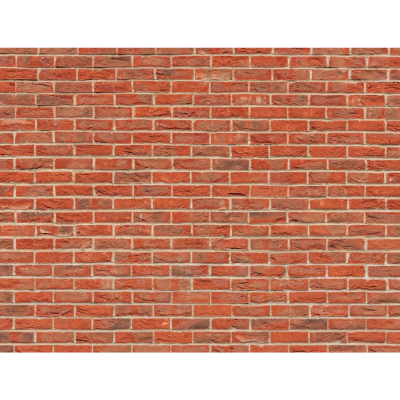
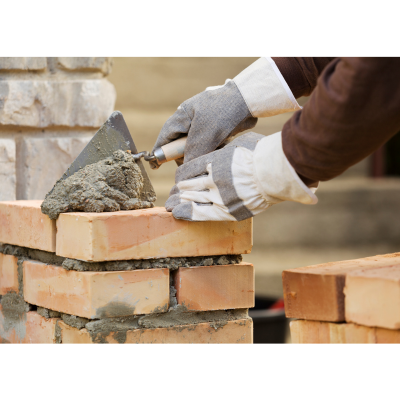
Blocks
Building blocks refer to individual components or units used to construct walls, partitions, and other structural elements. These blocks are typically made from materials like concrete, clay, or autoclaved aerated concrete (AAC). They are essential in the construction of buildings, providing a solid foundation and structural support.
Building blocks in construction provide the foundational structure for walls and partitions, ensuring stability, strength, and insulation. The specific type of building block chosen depends on factors such as structural requirements, local building codes, desired insulation properties, and aesthetic considerations. Professional contractors and engineers carefully select and use appropriate building blocks to create safe, durable, and functional buildings.
Typical available in standard measurements of around 450 mm x 215 mm x 100 mm. However, can be customisable to suit your preference.
Rule of thumb = Block Wall = 10 blocks per m2
